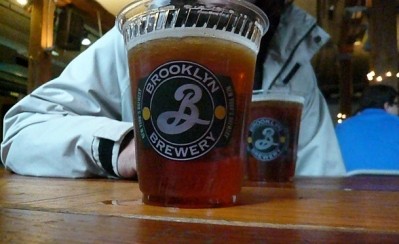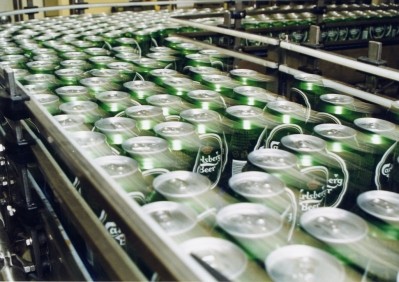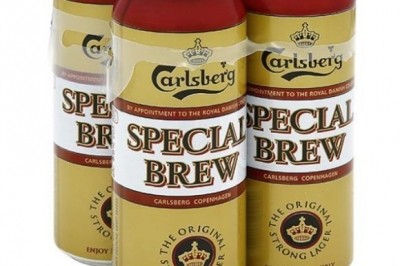Carlsberg reports ‘mixed year’ in 2015

Releasing its full year results today, the Danish brewer saw group beer volumes decline organically by 4%, attributed to a continued decline in Eastern Europe.
Organic net revenue grew 2%, thanks to a strong performance in Asia. Organic operating profit declined 7% in line with expectations. Reported operating profit declined 8%, due to negative currency impact.
Carlsberg says 2015 was a year of ‘significant change’, with the launch of a program to improve operational efficiency launched in November (titled ‘Funding the Journey’). A review of the business (SAIL’22) will reveal a long-term strategic direction in March 2016.
Eastern Europe: Russian brewery closures
Eastern Europe beer volumes fell organically by 14%, attributed to a challenging macroeconomy, high consumer price inflation, declining consumer sentiment and reduced consumer purchasing power.
In particular, the Russian market (where Carlsberg has a 34.7% volume market share) continues to be a tough one for the company.
In January it closed two Russian breweries, equivalent to 15% of its Russian capacity.
“Our Russian business had a tough year due to the macroeconomic challenges, including very high food inflation, a rapid channel shift from traditional to modern trade, leading to changes in our warehouse and logistics operations, pressure from USD/EUR-denominated input costs and the closure of two breweries,” reports Carlsberg.
Asia: strong growth outside of China.
Carlsberg’s beer volumes grew organically by 2% in Asia, with good performances in India, Cambodia and Nepal.
Chinese volumes, however, declined by 2% organically; but Carlsberg compares this to a market decline of 5%. Premium brand Tuborg bucked the trend, growing more than 50%.
In April Carlsberg announced it would increase its ownership of Wusu Beer Group in Xinjiang, China, to 100%. Final approval is expected in the first half of this year.
Carlsberg’s Indian business delivered 42% organic volume growth, reaching a market share of 15%. Carlsberg has seven breweries in the country and will build an eighth in the state of Karnataka. Tuborg is now the second largest beer brand in the country.
Forecast for 2016
Carlsberg says expectations for 2016 are ‘modest’ with the full benefits of operational efficiency strategies expected for 2017 and 2018.
It has set its targets as improving margins in Western Europe; continuing its growth in Asia, and mitigating negative earnings impact from weakening currencies and market decline in Eastern Europe.
While it expects Western European beer markets to be flat (mirroring the markets in 2015), it hopes the UEFA EURO 2016 football championships in the summer will have a positive impact. “Generally, beer category dynamics are improving slightly, driven by innovations, increased interest in speciality and craft beers, and overall improved category perception,” says Carlsberg.
In Asia, markets outside of China are expected to grow; while China is expected to improve compared to the decline of the past two years.
In November last year Carlsberg announced plans to cut 2,000 white-collar jobs globally. Around 1,700 employees have now left or been given their notice, it said in an update today.








